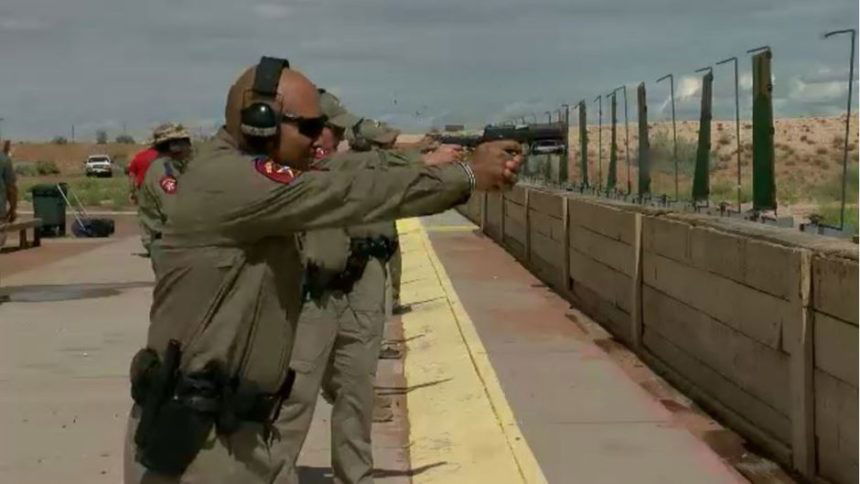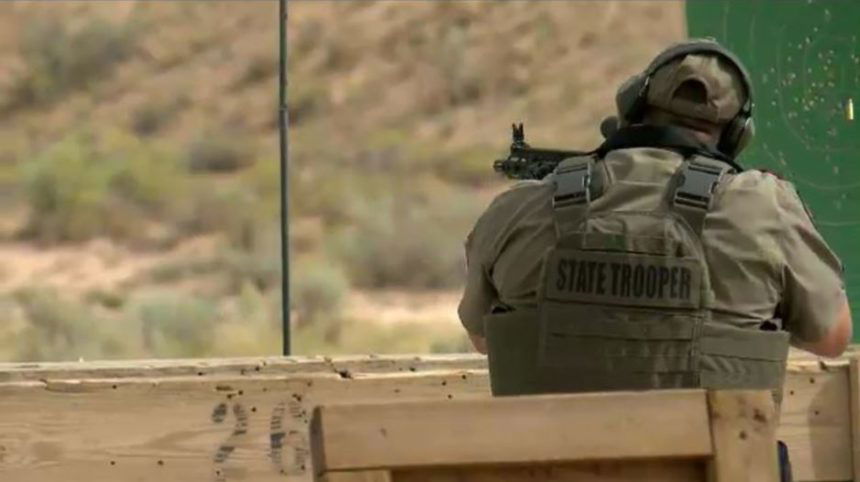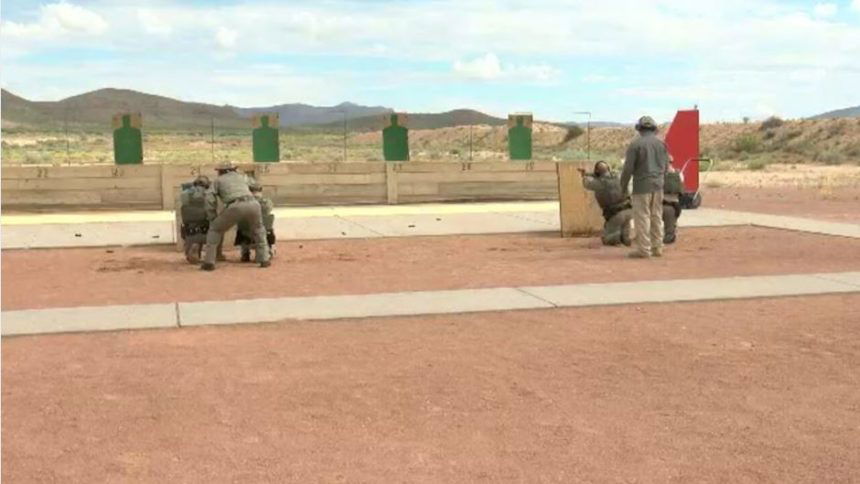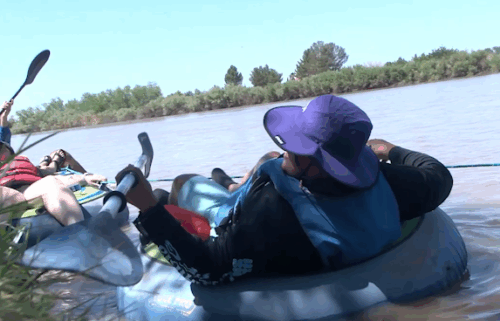Active Shooter Response: How Texas DPS is training to keep you safer



FORT BLISS, Texas (KVIA) -- Texas has seen several mass shootings just within the last two years -- the Sutherland Springs church shooting, the Santa Fe High School shooting, the Walmart shooting in El Paso and most recently in Odessa.
Dozens of lives were taken in those four mass shootings.
The Texas Department of Public Safety identified a need in the wake of the Sutherland Springs and Santa Fe shootings -- cross-divisional training.
"There needed to be a way when we hit the ground that there's a team atmosphere," Sgt. Marc Couch said. "That everyone knows what each other is going to do and what our task is ahead of us and that we fall in line with procedures."
Texas DPS is made up of a several divisions. There are troopers, rangers, Criminal Investigations Division (CID) agents, etc. All commissioned personnel going through training specific to their department, but cross-divisional training brings everyone together in one location.
"We're just out here to get on the same page so that when it does happen, if I'm the first officer on the scene and you're the second officer and I've never worked with you before we can go take care of business," Sgt. Robert Orr told a group during a recent training at Fort Bliss. "We learn to just use common language, no fancy codes."
During the two-day training, which ABC-7 was given exclusive access to, the troopers, rangers and special agents go through training on the range, searching vehicles, applying tourniquets and entering buildings. They fire live rounds from their DPS-issued pistols and rifles, donning heavy vests while firing from various positions both during the day and at night.
"It's vitally important that when we respond to these scenes that we're ready to go," Sgt. Couch said. "Knowing that we've all been through the same type of training, we can now stack up and start systematically moving through that building and do it in a safe and very precise way to bring as much firepower and security to that place as possible."
Sgt. Couch tells ABC-7 that 91 percent of troopers in the state of Texas have gone through some level of active shooter training.
Responding to the Aug. 3 mass shooting
Sgt. Couch put his previous training into action on Aug. 3. He had just finished teaching a safety training course that morning called 'CRASE' -- Civilian Response to Active Shooter Events. The call came in minutes after he was done telling people what to do in that very situation.
"One of the things I teach in CRASE is you have to get out of denial," Sgt. Couch said. "When I heard it come over the radio there was almost a sense of denial on my own part about is this really happening."
Sgt. Couch responded to the Cielo Vista Mall as there was initially confusion as to how many shooters there were and where it was happening.
"This one noticeably changed my heart rate. Thoughts in my own mind -- what I could possibly be involved in and even putting my life out there, that death could come."
He says he reverted to his training that morning. The recent training at Fort Bliss provided Sgt. Couch, and others, a chance to become better prepared if that call were to come again.
Beefing up school visits
The Texas Department of Public Safety is expanding its presence in schools in addition to an increase in training.
Troopers made 32,565 school visits statewide between September 2018 and August 2019. Of those, 2,453 visits were made in the West Texas Region.
"We don't want them to be alarmed," Sgt. Couch said. "We want people to be comfortable."
'Active Shooter Response' series
Part II: Advanced Law Enforcement Rapid Response Training (ALERRT)

